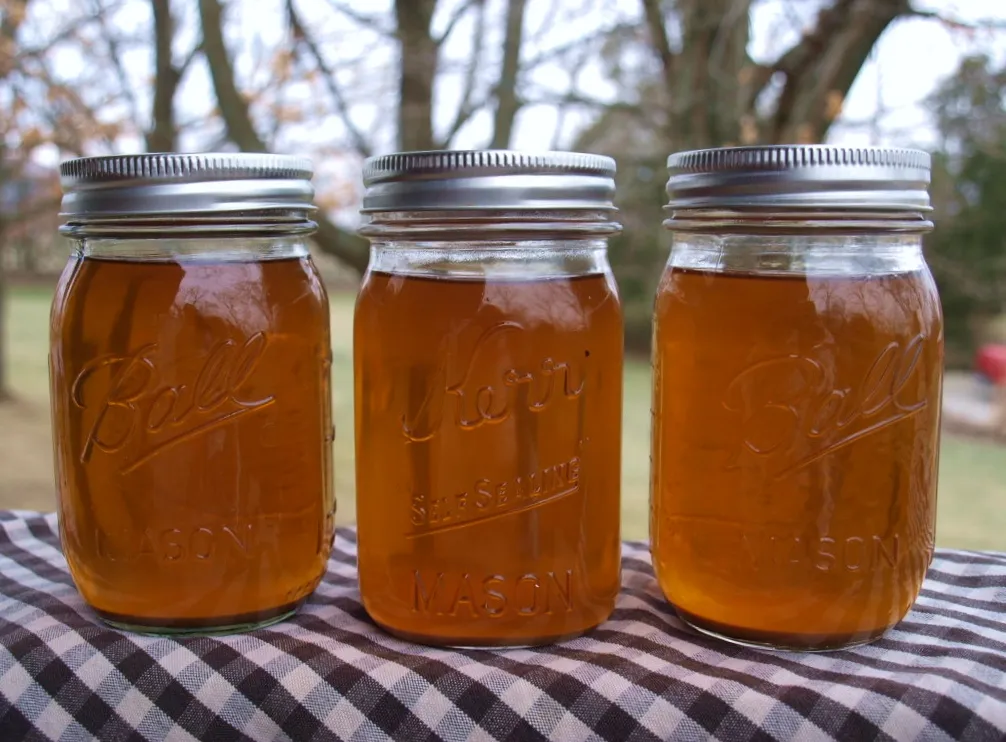
Today I had a little time before work to get some of my Maple Trees tapped. I'll show you how easy it is to do, and go over a few facts about Syrup making. Here are the tools I would recommend using to get the job done.
- Drill
- 7/16" Drill bit
- Spiles
- Tape Measure
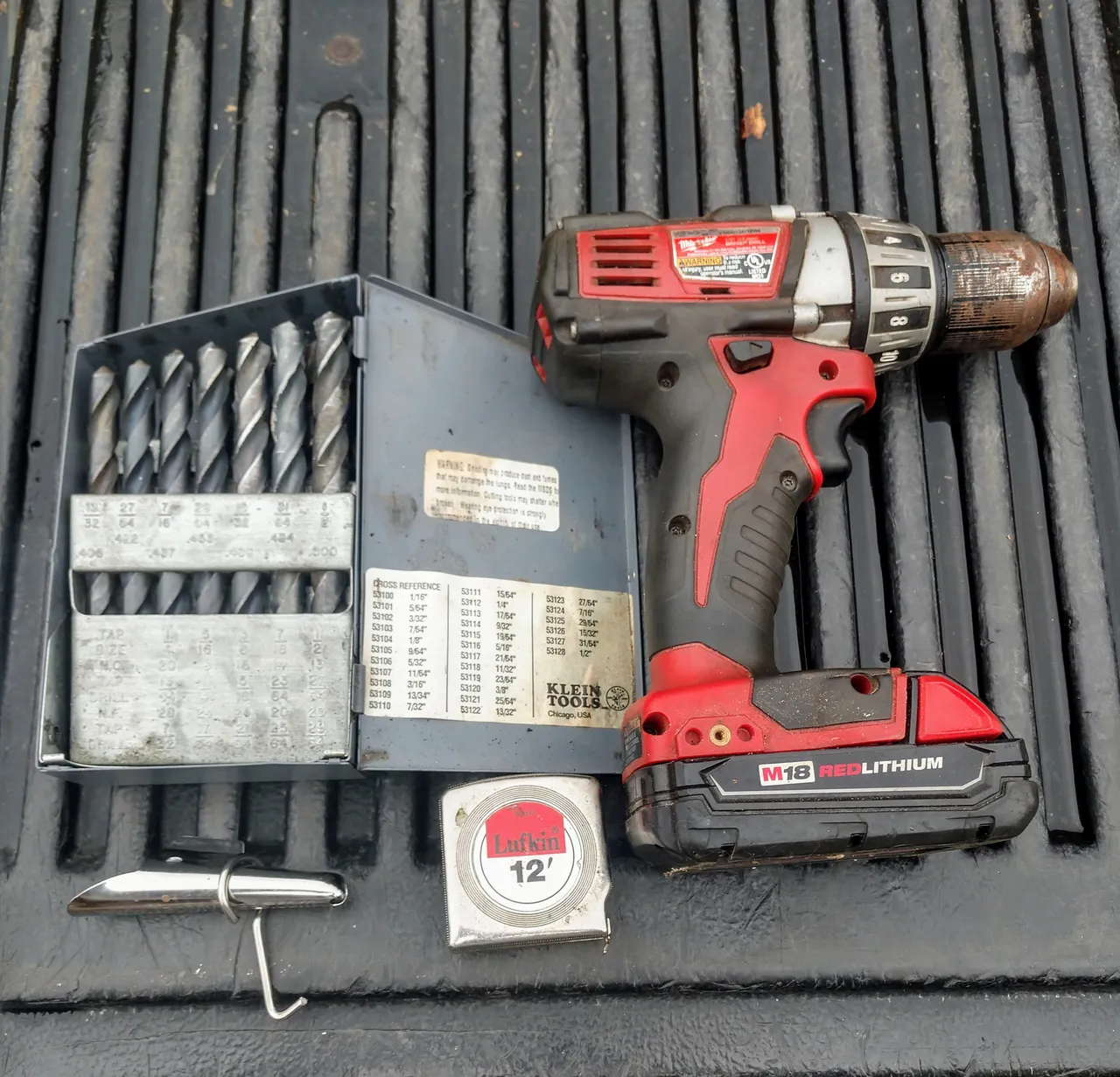
Get out your 7/16" drill bit and put a mark or some tape at the 2-2.5 inch mark.
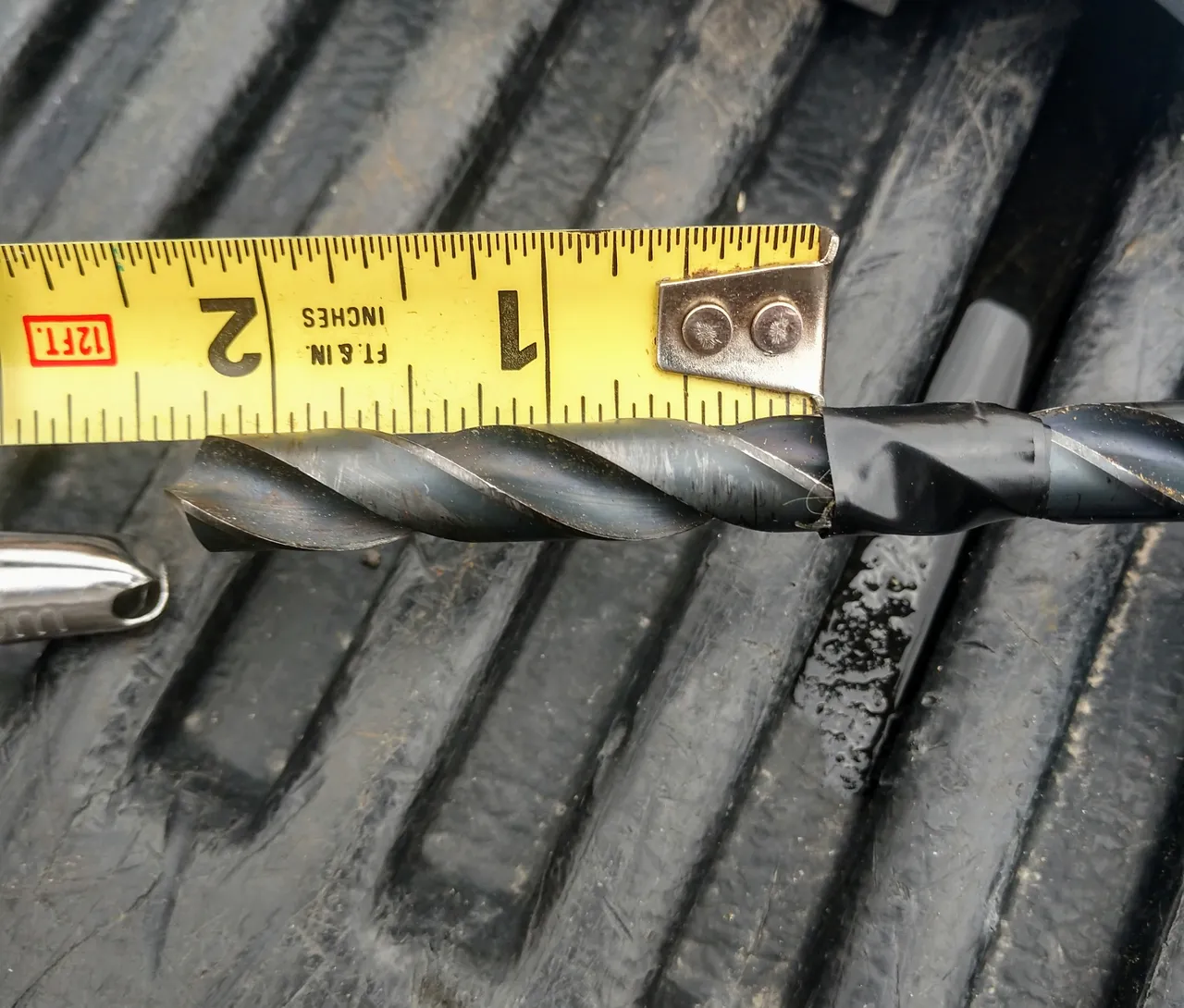
Grab your Spiles and head out to find a tree to tap. Spiles can be ordered from TapMyTrees.com or found at your local Hardware store. Here is also a guide to how many taps for each tree.
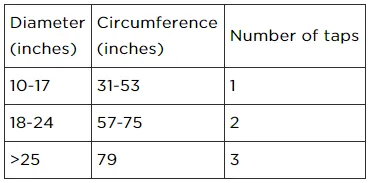
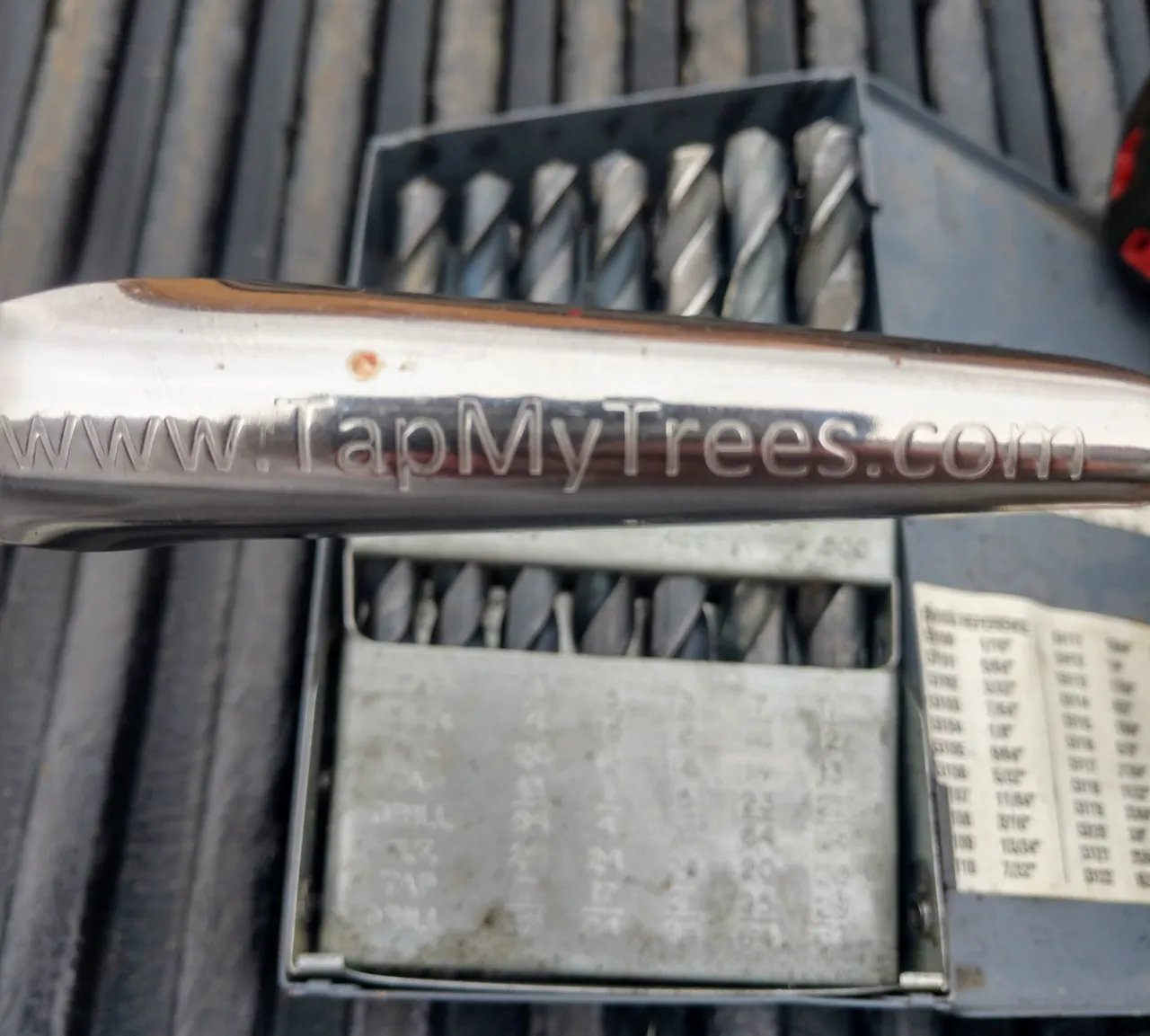
Once you find a suitable tree you will need to figure out which way is South. This side of the tree will get the most sun and thaw first. If you look at the base of the tree, try to find a root coming out on the South side. Follow that up between 2-3 feet and get ready to make a hole with your drill.
It's kind of like hitting a vein on a person, but it's the vein of the tree where the sap is carried to the top. Find your spot on the tree and start drilling at a slight upward angle. This will allow gravity to help the sap flow down the Spile.
Once you have your hole drilled, stick your Spile in and give it a few good taps. Don't forget to put the hook on the Spile to hold you bucket/container. In the end it should look something like this.
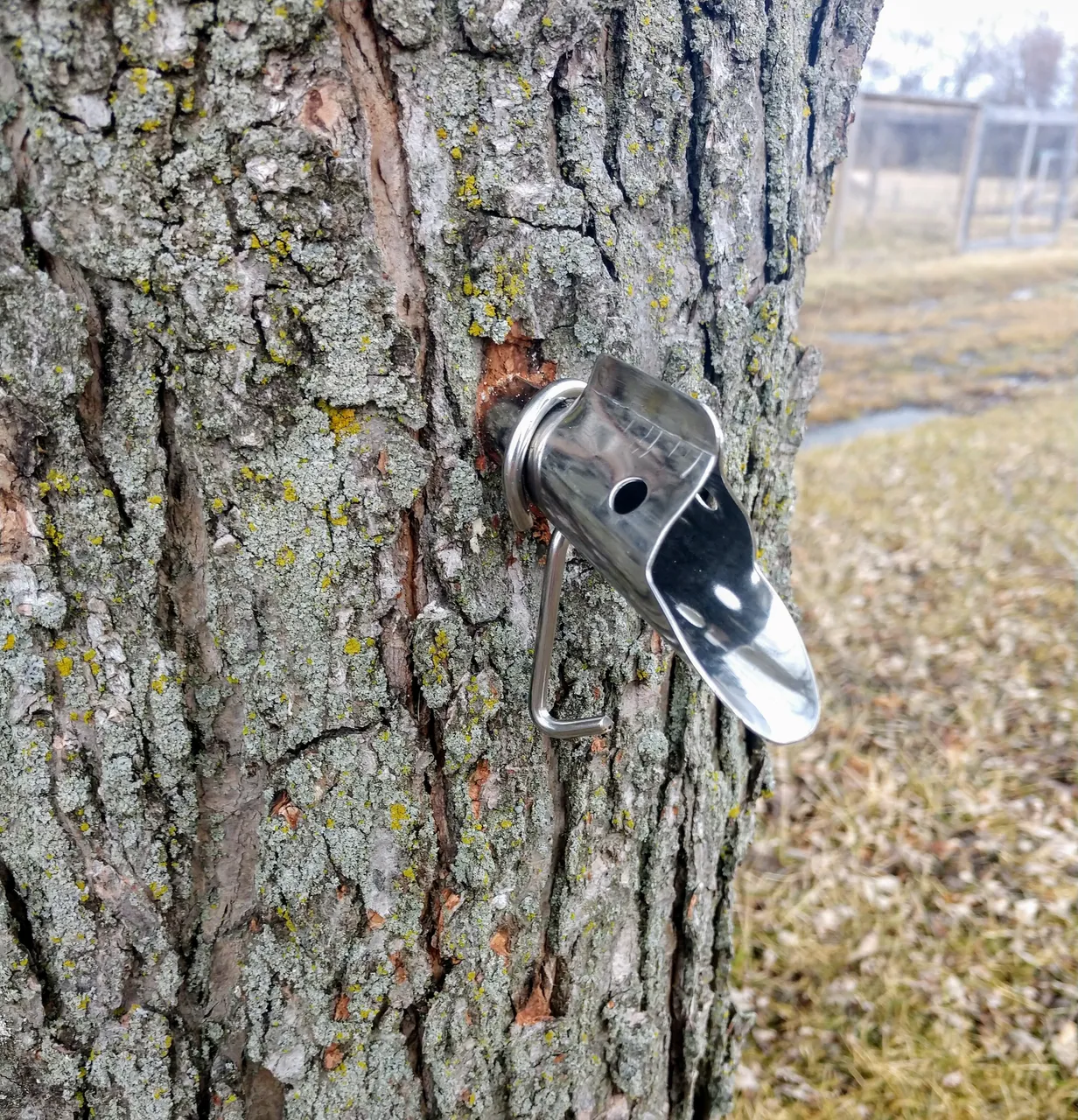 )
)That's it! All you have to do now is wait. Depending on your container size you may have to check it every few hours. We have used gallon jugs in the past and they filled up pretty fast.
What to do with the sap?
This is the part that sucks. Once you start getting sap, collect it in a large container. It takes 40 gallons of sap to make 1 gallon of Syrup. Yep, you read that right....40 gallons to make 1 gallon of Syrup.
The syrup will then need to be cooked at 220 degrees. Too hot and it will burn, too cold and it will take forever. This part takes many hours. I use my outdoor turkey fryer to cook down the syrup and it helps speed things up.
That's it! Boil down sap and it will thicken into a nice golden brown syrup. You can cook it to your own preference. Less cooking for thinner syrup, longer cooking for thick syrup.
I hope you enjoyed this small tutorial. If you have any questions or I missed anything, let me know below. Happy Syruping!!!!
Proud member of #steemsilvergold!
